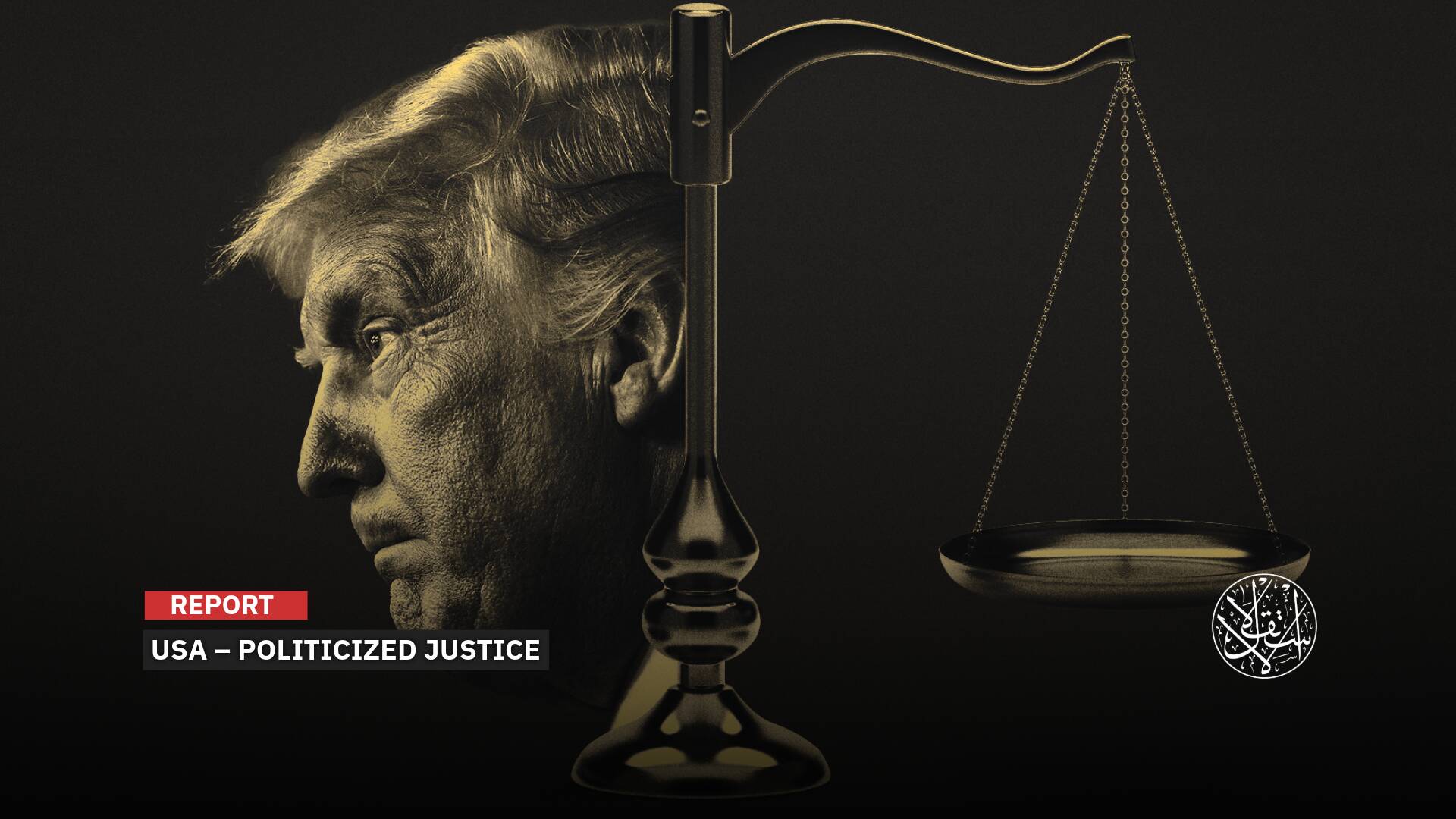Is Europe on the Verge of a New Debt Crisis?

“France has garnered all the attention when it comes to Europe’s latest debt woes.”
Since the energy shock it suffered following the outbreak of war in Ukraine in 2022, the European economy has been reeling under the weight of a widespread economic crisis.
Although most of the European economies have passed the stage in which inflation reached its maximum levels, after the decline in gas prices and the financial policies imposed by the European Central Bank, the economic downturn will continue to accompany them throughout the current year at least.
During the current year, the governments of some of the most indebted countries in Europe are facing a painful crisis after their ambitions to reduce public debt collided with the political realities that require increasing public spending.
After years of exempting European governments from budget deficits and public spending restrictions with the aim of containing the repercussions of the Coronavirus pandemic and rising energy prices, the year 2024 is considered a cornerstone for reforming public financial conditions throughout Europe.
These economic crisis conditions come amid an international context that is likely to exert its impact on the European Community countries, and as the European Union moves towards enacting new financial reforms, it may cut off large portions of funding from its members.
Financial Deficit
A debt crisis is looming in many European countries after the recent parliamentary elections that brought with them promises to strengthen the economy, as the new governments that were elected on the basis of bringing about change face a very difficult task, according to a report by the Wall Street Journal.
The newspaper reported that the new European governments have only limited means to carry out this task, after public debt reached record levels.
The last time public debt was this high was in the post-World War II period, when governments reduced it through strong economic growth and cuts in military spending.
Today, with an aging population and rising public spending on health care and pensions, it is unclear where significant cuts can be made, according to the Wall Street Journal.
The newspaper quoted economic experts as saying, “All of this means that it will be necessary to take financial austerity measures, that is, reduce spending or increase taxes.” But politicians did not promise this to voters. On the contrary, they indicated bold new spending plans.
On its part, Bloomberg reported that while most of these countries will make progress in reining in the budget deficit by phasing out energy support measures, the pressures resulting from new and existing obligations and the impact of rising interest rates will lead to the national debt remaining high in a large number of countries, including Italy, whose public debt rate may exceed 140% very soon.
At the same time, Fitch Ratings said that achieving France's goal of reducing the budget deficit rate to less than 3%, in accordance with European Union rules by 2027, will be difficult.
Earlier this month, the International Monetary Fund issued its economic forecasts, which showed the difficult economic situation of European countries, while budget deficit estimates for countries such as France, Italy, and Britain indicate that they will need to expand borrowing.
Data from Eurostat, the statistical office of the European Union, recently showed that more than 20 European Union countries recorded a budget deficit during 2023.
In addition to Cyprus, Denmark, Ireland and Portugal, 23 European countries spent more money than they received.
Italy recorded the highest deficit rate, at 7.4%, followed by Hungary, 6.7%, and Romania, 6.6%.
Another 11 countries recorded deficits higher than 3% of GDP, according to Eurostat data, suggesting they violated EU limits.
It is worth noting that the European Union rules regarding the budget deficit and public debt are currently undergoing reforms.
Monetary rules stipulate that the general deficit ratio, which means the difference between income and expenditures in the general budget, must be less than 3% of GDP.
The level of public debt of any European country must not exceed 60% of its gross domestic product.
At the end of 2023, 13 out of 27 EU countries reported debt-to-GDP ratios higher than 60%, while five EU countries recorded debt-to-GDP ratios of more than 100%.

Debt Crisis
Concerns about France's financial conditions have been increasing since the French government announced some time ago its expectations of an increase in the fiscal gap in the coming years.
While Paris announced emergency cuts in public spending, it admitted that it would not be able to achieve its targets as quickly as it had pledged, with the economy still weak and tax collections lower than expected.
The Wall Street Journal noted that the far-right National Rally has proposed comprehensive tax cuts and the repeal of pension law amendments approved by President Emmanuel Macron, although party officials have recently backed away from some of these promises.
The New Popular Front, a left-wing coalition, has a more ambitious agenda, including a price freeze and a significant increase in the minimum wage, requiring subsidies and higher salaries while giving up tax revenues.
A hung parliament, if diverse parties cannot agree to form a government, would delay any efforts to rein in the national debt, analysts said.
No French party discussed how to reduce the public deficit, which amounted to about 5% of GDP this year, leading to the European Union taking disciplinary measures against it.
French government bond yields have risen in recent weeks as investors respond with concern to the prospect of increased French borrowing.
In May, Standard & Poor's downgraded its rating on French sovereign debt to AA-.
In France, national debt rose to 112% of GDP from 97% in 2019, and 65% in 2007, according to International Monetary Fund data.
Last month, the European Commission warned France and other countries that they were violating its financial rules.

The American newspaper also touched on the economic situation in the UK, noting that the Labour Party has indicated that it will spend more on public services, including the strained National Health Service, although its concrete proposals have been modest so far.
The Institute for Fiscal Studies, a think tank in the UK, recently accused all major parties, including Labour, of cajoling hard choices in their election platforms.
Public debt in the UK rose to 104% of GDP this year from 86% in 2019 and 43% in 2007.
Regarding Germany, which was a model of fiscal prudence, the report said it ran large budget deficits rather than surpluses in the first decade of the 21st century.
After months of difficult negotiations, the divided tripartite coalition led by Chancellor Olaf Scholz announced that it had finally agreed to a budget deal for next year.
The deal adhered to the country's strict borrowing rules while providing some measures to revitalize fading economic growth and boost military spending.

In turn, economic analyst Mahmoud Jebaee explained in a statement to Al-Estiklal that “austerity policies were one of the most prominent tools used by Italy and Greece, for example, to confront the debt crisis, as public spending was reduced and taxes were increased to improve the budget.”
“France and Spain earlier resorted to structural reforms by improving efficiency in public services and reducing financial waste, while Portugal and Ireland restructured debt and improved repayment terms,” he added.
Mr. Jebaee noted that “the new European leaders are trying to deal with the debt crisis collectively through joint cooperation, establishing financial support mechanisms, such as the European Stability Mechanism and coordinating financial policies among member states.”











